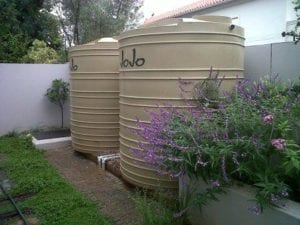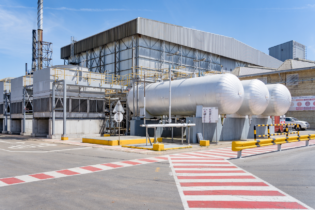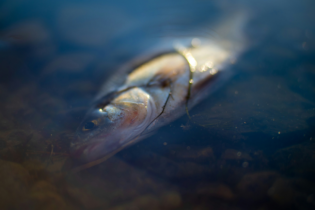Most South Africans obtain their water from dams that are generally remote from where the concentrations of users are.
This leads to expensive pipelines, pumping costs and high maintenance requirements over great distances at rates not sustainable into the future.
National Water Week, 16 – 22 March, culminating in #WorldWaterDay on March 22 offers an opportunity to reconsider the value of water and the need for sustainable management of this scarce resource.
Rainwater harvesting
It is also the right time to reassess rainwater harvesting as one of the prime solutions.
Rainwater harvesting is simple and easy and offers huge advantages. To consumers it offers self-sufficiency in water supply and the convenience of not being dependent on remote water sources.
To the environment it offers a reduction in flooding and erosion caused by covered and sealed surfaces.
Saving water a joint responsibility
Rod Cairns, managing director of JoJo Tanks, believes that a water‐secure world is a joint responsibility and that every South African should invest in some sort of system to save water.
“We live in a relatively dry country, with an average annual rainfall of about 464mm (compared to a world average of about 860mm). Furthermore, rain tends to be concentrated in certain areas and does not fall consistently throughout the year,” says Cairns.
“These facts combined with increasing pressures on water resources and infrastructures in South Africa and worldwide, indicate that there may simply not be enough water to meet our future needs and the need to save water will be forced upon us.
“Although our first step should always be to reduce the amount of water we use, our next step should be to look at replacing the high quality drinking water we use for low grade uses such as toilet flushing, irrigation, household cleaning and car washing, by installing rainwater harvesting tanks.
Water: The lifeblood of the planet
JoJo Tanks would like to encourage all citizens to adopt a water conservation approach that is a combination of reducing the amount of water used, being sensitive to the many competing demands placed on this fragile resource and most importantly, to supplement non-potable water usage with rainwater that is FREE FROM THE SKY.
Concludes Cairns, “Water is the lifeblood of the planet. To conserve it we need to shift our reliance from centralised water supply lines to decentralised rainwater harvesting at point of use – a more robust, resilient and planet-friendly approach. Collecting rainwater from our own roofs may eventually be the only way of ensuring an adequate water supply during droughts.”








